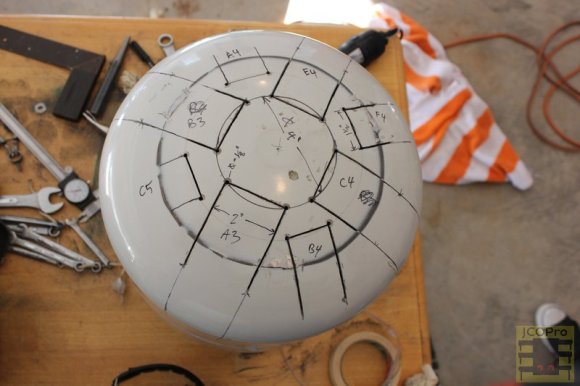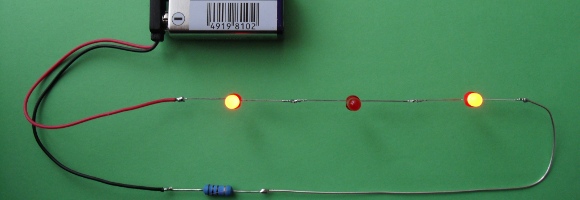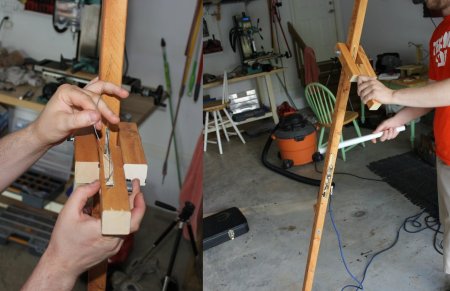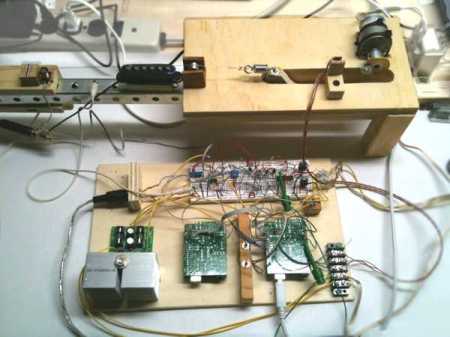A [Hank Drum], as explained here, is a steel drum-type instrument made out of a propane tank. The name comes from the [Hang] or [Hang Drum] which is significantly more expensive than that $40 or so an empty propane tank costs. Of course, you’ll have to do some work to get it to play beautiful music, which can be seen in a time-lapse construction video after the break.
The details of how this instrument was made can be found here, including how to lay everything out and cut out eight relatively neat “tongues” for producing different tones. I used a Dremel tool, but this can also be done using saber saw for a curved top. This method is explained here with a template, but the results may not be as neat.
If you want to try this yourself, make sure to use an empty, unused propane tank. This is extremely important. For another entirely different homemade instrument, why not check out the [Whamola] that we made a year or so ago? Continue reading “Making A Propane Tank Hank Drum”






















